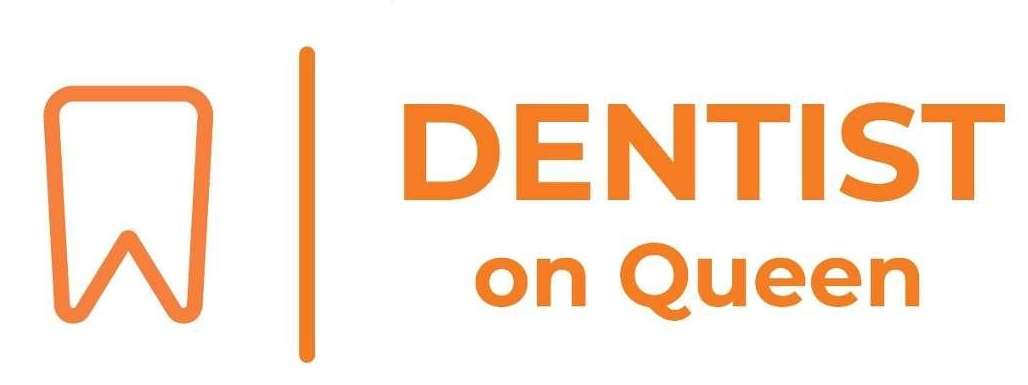
Bone Grafting for Implants
When a tooth is removed, the jawbone loses the pressure from chewing and starts to shrink—most of this happens in the first year. If too much bone is lost, there may not be enough to support a dental implant.
To prevent this, we can place a bone graft at the time of extraction (socket grafting) to preserve the bone. This is especially helpful if you plan to get an implant later.
What is a sinus lift? also known as sinus augmentation:
A sinus lift is a surgical procedure that adds bone to your upper jaw in the area of your molars and premolars. The bone is added between your jaw and the maxillary sinuses (which are on either side of your nose). To make room for the bone, the sinus membrane is gently lifted upward — hence the name “sinus lift.”
Why is it done?
A sinus lift is usually done when there’s not enough bone height in the upper jaw, or the sinuses are too close to the jaw, to place dental implants securely. Common reasons include:
-
Bone loss due to gum disease.
-
Bone loss due to tooth loss (bone naturally resorbs over time without teeth).
-
The natural anatomy of the sinus being low or large.
How is it done?
-
Access: The surgeon makes an incision in your gum tissue to expose the jawbone.
-
Bone Window: A small window is opened in the bone to access the sinus membrane.
-
Lift: The sinus membrane is carefully pushed upward.
-
Bone Graft: Bone graft material (your own bone, donor bone, or synthetic) is packed into the space.
-
Healing: The site is closed and left to heal for several months (usually 4–12 months) before implants are placed.
What’s the recovery like?
-
Mild to moderate swelling and discomfort are common.
-
You may need to avoid blowing your nose or sneezing forcefully to prevent dislodging the graft.
-
Antibiotics and pain medication are usually prescribed.
-
Most people return to normal activities in a few days, but full healing takes months.
Risks
Like any surgery, sinus lifts carry some risks, such as:
-
Sinus membrane perforation (most common complication).
-
Infection.
-
Graft failure (rare if done properly).
-
Sinusitis or sinus complications.
Success rate
Sinus lifts have a high success rate when done by an experienced oral surgeon or periodontist. They’re a standard, predictable way to prepare the upper jaw for implants.



